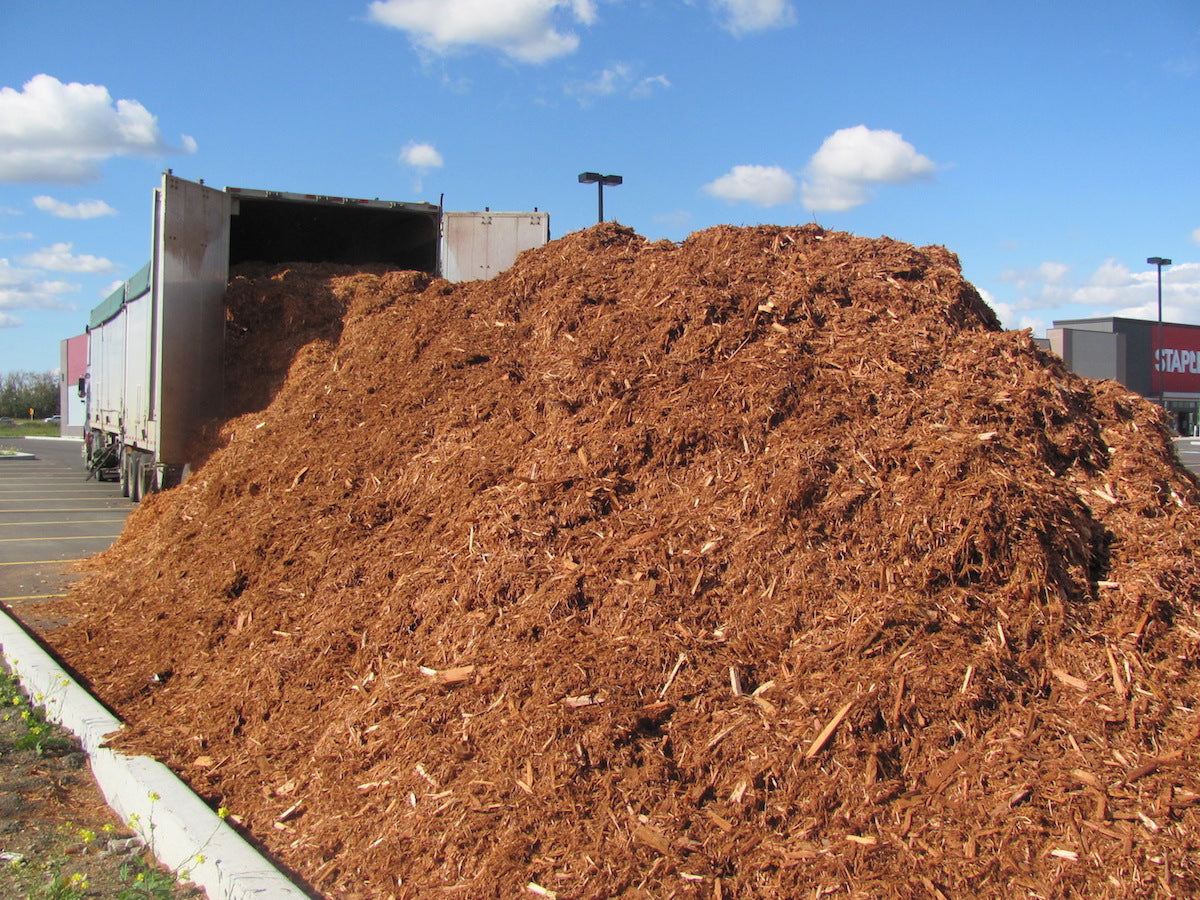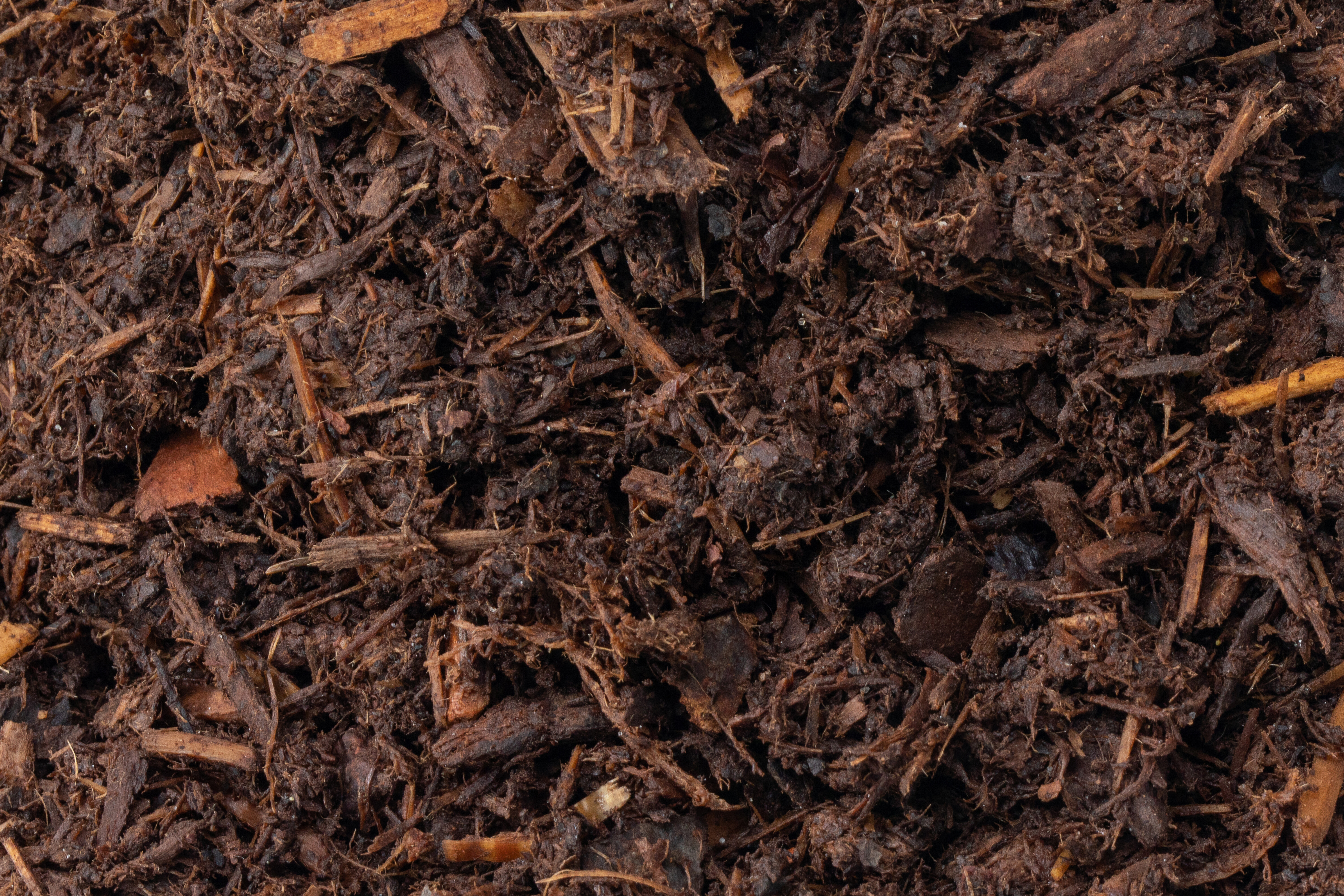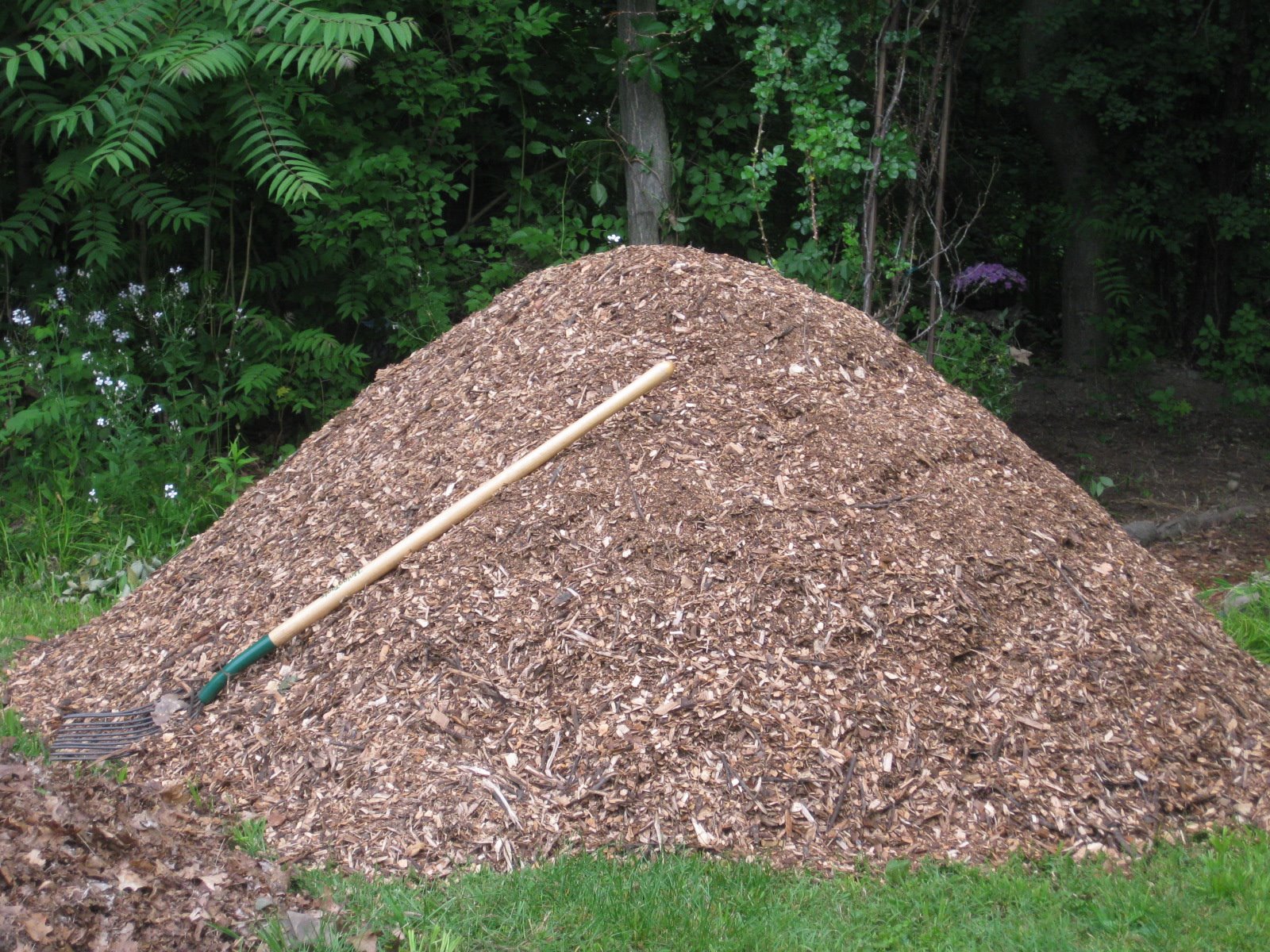How To Use Organic Bark Mulch To Improve Your Garden
Title: How to Use Organic Bark Mulch to Improve Your Garden
Introduction:
Mulch is a layer of organic material that is spread over the soil around plants. It has many benefits for gardens, including:
- Water conservation: Mulch helps to keep the soil moist by reducing evaporation. This can save you time and money on watering your plants.
- Weed suppression: Mulch blocks out sunlight, which prevents weeds from germinating. This can save you time and effort on weeding.
- Improved soil health: Mulch breaks down over time and adds nutrients to the soil. This helps to improve the drainage and aeration of the soil, which makes it more hospitable for plants.
- Protection from temperature extremes: Mulch can help to insulate plant roots from both hot and cold temperatures. This can help to prevent plant damage during extreme weather events.
One type of mulch that is particularly beneficial for gardens is organic bark mulch. Organic bark mulch is made from the bark of trees, such as pine, fir, and cedar. It is a slow-release mulch, which means that it breaks down over time and releases nutrients into the soil. This makes it a good choice for gardens where you want to improve the soil health without having to add fertilizer as often.
Main Content:
Here are the steps on how to use organic bark mulch to improve your garden:
- Choose the right type of bark mulch. There are different types of bark mulch available, so it is important to choose the right one for your needs. If you have a vegetable garden, you will want to choose a type of bark mulch that is free of chemicals. If you have a flower garden, you can choose a more decorative type of bark mulch.
- Prepare the soil. Before you add bark mulch, you will need to prepare the soil. This means removing any weeds and rocks. You may also want to add some compost or manure to the soil to improve its fertility.
- Spread the bark mulch. Apply the bark mulch in a layer that is 2-4 inches thick. Be sure to spread it evenly around all of your plants.
- Water the bark mulch. After you have spread the bark mulch, water it well. This will help to settle the mulch and prevent it from blowing away.
Conclusion:
Organic bark mulch is a great way to improve your garden. It is easy to use and provides many benefits, such as water conservation, weed suppression, improved soil health, and protection from temperature extremes. If you are looking for a way to improve your garden, consider using organic bark mulch.
To learn more about organic bark mulch, visit Home Gardening.
FAQ of organic bark mulch
What are the benefits of using organic bark mulch?
- Organic bark mulch helps to retain moisture in the soil, which can help plants to grow healthier and more drought-tolerant.
- It also helps to suppress weed growth by blocking out sunlight.
- Bark mulch can help to improve the drainage of soil and prevent waterlogging.
- It can also help to improve the aeration of soil, which can help plant roots to grow more easily.
- Bark mulch can also help to reduce soil erosion.
- It can also add a touch of natural beauty to your landscape.
What type of organic bark mulch is best for my garden?
The best type of organic bark mulch for your garden will depend on the type of plants you are growing and the climate in your area. In general, pine bark mulch is a good choice for most plants. It is relatively inexpensive and easy to find. If you live in an area with alkaline soil, you may want to choose a hardwood bark mulch, such as oak or maple, as these will help to acidify the soil.
How thick should I spread organic bark mulch?
The thickness of the organic bark mulch you spread will depend on the type of plants you are growing and the climate in your area. In general, you should spread a layer of mulch that is 2-4 inches thick around your plants. If you live in an area with hot, dry summers, you may want to spread a thicker layer of mulch to help retain moisture.
How often should I add organic bark mulch to my garden?
You should add organic bark mulch to your garden every year or two. This will help to keep the mulch fresh and effective. You may need to add more mulch more often if you live in an area with heavy rainfall or if you have a lot of foot traffic in your garden.
What are the disadvantages of using organic bark mulch?
- Organic bark mulch can attract pests, such as slugs and snails.
- It can also harbor mold and mildew, especially in wet climates.
- Bark mulch can also stain concrete and other hard surfaces.
- It can also be difficult to remove if you decide you no longer want it.
Is organic bark mulch safe for pets?
Organic bark mulch is generally safe for pets. However, it is important to keep an eye on your pets if they are around bark mulch, as they may try to eat it. If your pet does ingest bark mulch, it is important to contact your veterinarian immediately.
What is the best time of year to add organic bark mulch to my garden?
The best time of year to add organic bark mulch to your garden is in the spring or fall. This is when the soil is not too wet or too dry. You can also add bark mulch in the summer, but you will need to water it more frequently to help it to break down.
Image of organic bark mulch
10 different images of organic bark mulch that are free to use:
- Red cedar bark mulch: This type of mulch is made from the bark of red cedar trees, which is a naturally rot-resistant material. It has a reddish-brown color and a pleasant cedar scent.

- Black walnut bark mulch: This type of mulch is made from the bark of black walnut trees, which is also a rot-resistant material. It has a dark brown color and a slightly bitter taste that can discourage some animals from digging in it.

- Pine bark mulch: This type of mulch is made from the bark of pine trees, which is a soft and lightweight material. It has a light brown color and a piney scent.

- Hemlock bark mulch: This type of mulch is made from the bark of hemlock trees, which is a soft and lightweight material. It has a light brown color and a mild scent.
- Douglas fir bark mulch: This type of mulch is made from the bark of Douglas fir trees, which is a hard and durable material. It has a light brown color and a mild scent.
- Yellow birch bark mulch: This type of mulch is made from the bark of yellow birch trees, which is a hard and durable material. It has a light brown color and a slightly sweet scent.

- Black locust bark mulch: This type of mulch is made from the bark of black locust trees, which is a very hard and durable material. It has a dark brown color and a bitter taste that can discourage some animals from digging in it.

- Quarried pine bark mulch: This type of mulch is made from pine bark that has been quarried from the ground. It is a hard and durable material with a light brown color.

- Shredded bark mulch: This type of mulch is made from bark that has been shredded into small pieces. It is a lightweight and easy-to-spread material with a variety of colors.

- Chippings mulch: This type of mulch is made from bark that has been chipped into large pieces. It is a lightweight and easy-to-spread material with a variety of colors.

Post a Comment for "How To Use Organic Bark Mulch To Improve Your Garden"